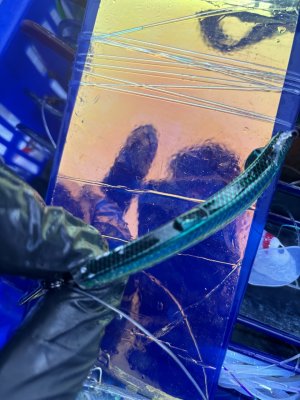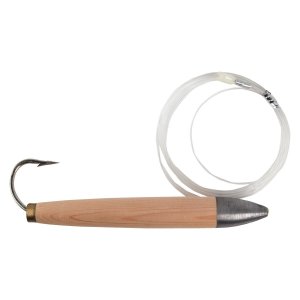searun
Well-Known Member
I've been spending a fair bit of time experimenting with various paints and ways to repair my older beat up spoons, given the darn things have become so expensive these days. Been hearing variety of views about how painting over existing UV coatings might damage the effectiveness of the spoon, so spent a bit of time researching the effects of UV on fishing lures given the UV craze tackle manufacturers have been on for a while now.
Surprisingly what I'm starting to see is UV light may not penetrate very far, if at all, down to depths we would be fishing. I found another interesting article on the subject:
https://www.in-fisherman.com/editorial/uv-light-on-ice-and-open-water/369755#replay
Going to do some further research to try to better understand the benefits (or not) of finding a UV clear paint I could add to my spoons. Anyone out there have anything more concrete on the merits or not of UV?
Surprisingly what I'm starting to see is UV light may not penetrate very far, if at all, down to depths we would be fishing. I found another interesting article on the subject:
https://www.in-fisherman.com/editorial/uv-light-on-ice-and-open-water/369755#replay
Going to do some further research to try to better understand the benefits (or not) of finding a UV clear paint I could add to my spoons. Anyone out there have anything more concrete on the merits or not of UV?




